Pitshaporn Leelaarporn
A Pilot Study on Visually-Stimulated Cognitive Tasks for EEG-Based Dementia Recognition Using Frequency and Time Features
Mar 05, 2021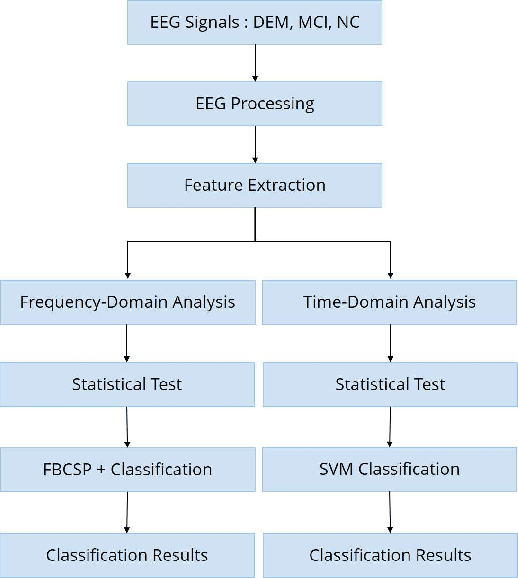
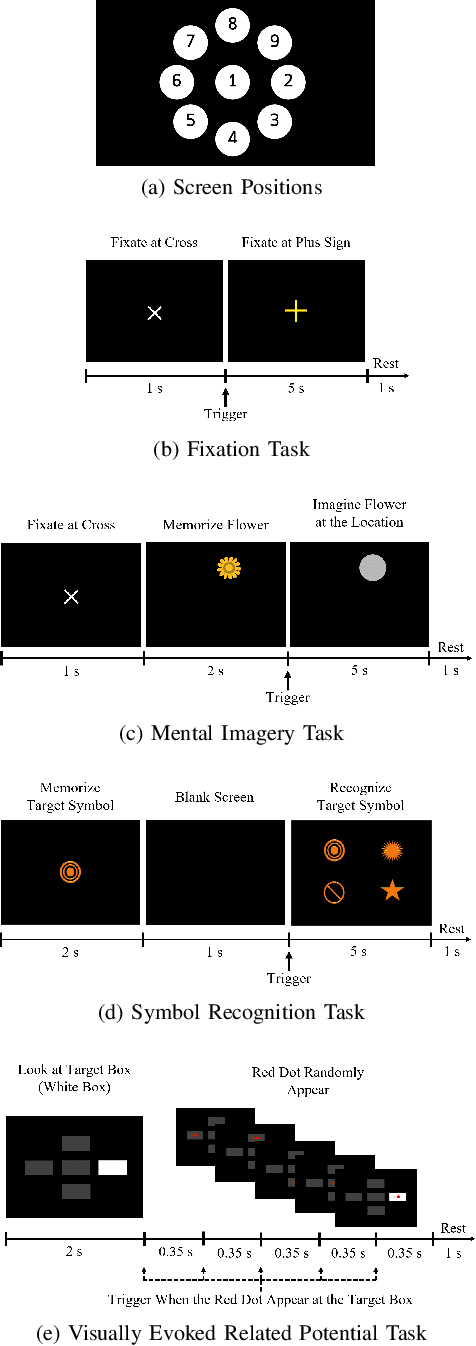
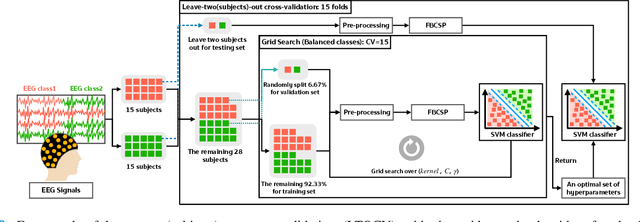
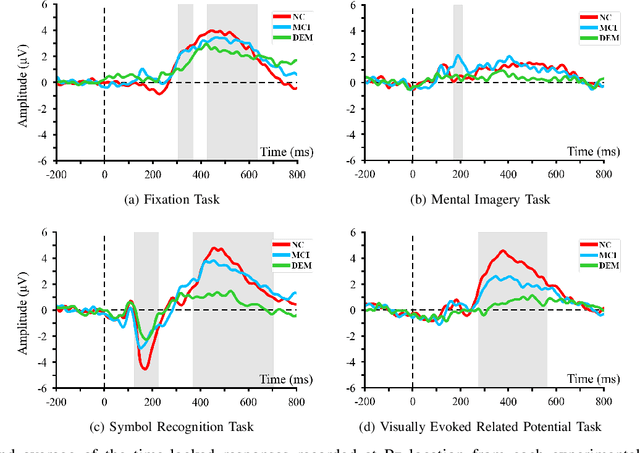
Abstract:Dementia is one of the main causes of cognitive decline. Since the majority of dementia patients cannot be cured, being able to diagnose them before the onset of the symptoms can prevent the rapid progression of the cognitive impairment. This study aims to investigate the difference in the Electroencephalograph (EEG) signals of three groups of subjects: Normal Control (NC), Mild Cognitive Impairment (MCI), and Dementia (DEM). Unlike previous works that focus on the diagnosis of Alzheimer's disease (AD) from EEG signals, we study the detection of dementia to generalize the classification models to other types of dementia. We have developed a pilot study on machine learning-based dementia diagnosis using EEG signals from four visual stimulation tasks (Fixation, Mental Imagery, Symbol Recognition, and Visually Evoked Related Potential) to identify the most suitable task and method to detect dementia using EEG signals. We extracted both frequency and time domain features from the EEG signals and applied a Support Vector Machine (SVM) for each domain to classify the patients using those extracted features. Additionally, we study the feasibility of the Filter Bank Common Spatial Pattern (FBCSP) algorithm to extract features from the frequency domain to detect dementia. The evaluation of the model shows that the tasks that test the working memory are the most appropriate to detect dementia using EEG signals in both time and frequency domain analysis. However, the best results in both domains are obtained by combining features of all four cognitive tasks.
MetaSleepLearner: Fast Adaptation of Bio-signals-Based Sleep Stage Classifier to New Individual Subject Using Meta-Learning
Apr 14, 2020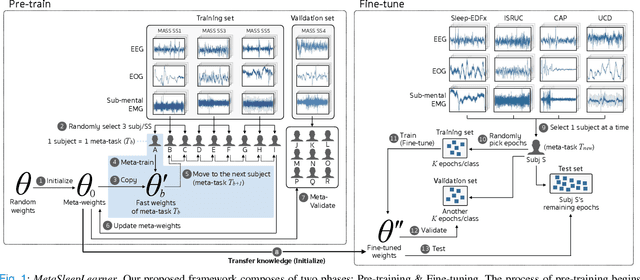
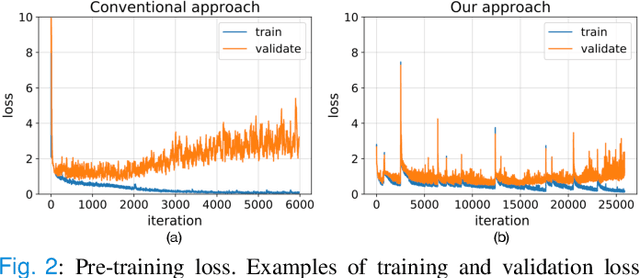
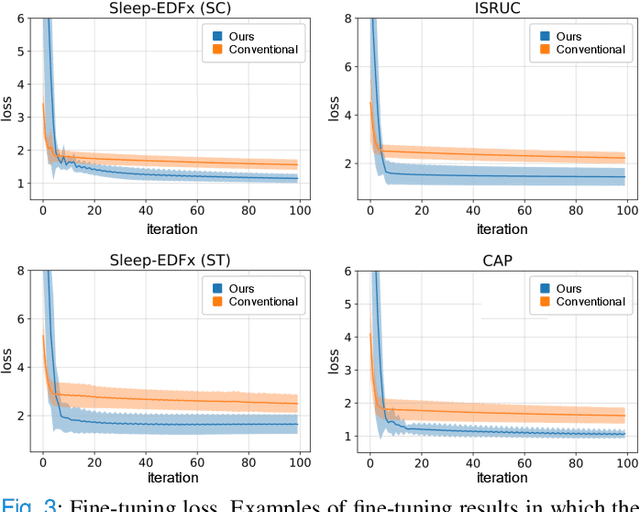

Abstract:Objective: Identifying bio-signals based-sleep stages requires time-consuming and tedious labor of skilled clinicians. Deep learning approaches have been introduced in order to challenge the automatic sleep stage classification conundrum. However, disadvantages can be posed in replacing the clinicians with the automatic system. Thus, we aim to develop a framework, capable of assisting the clinicians and lessening the workload. Methods: We proposed the transfer learning framework entitled MetaSleepLearner, using a Model Agnostic Meta-Learning (MAML), in order to transfer the acquired sleep staging knowledge from a large dataset to new individual subject. The capability of MAML was elicited for this task by allowing clinicians to label for a few samples and let the rest be handled by the system. Layer-wise Relevance Propagation (LRP) was also applied to understand the learning course of our approach. Results: In all acquired datasets, in comparison to the conventional approach, MetaSleepLearner achieved a range of 6.15 % to 12.12 % improvement with statistical difference in the mean of both approaches. The illustration of the model interpretation after the adaptation to each subject also confirmed that the performance was directed towards reasonable learning. Conclusion: MetaSleepLearner outperformed the conventional approach as a result from the fine-tuning using the recordings of both healthy subjects and patients. Significance: This is the first paper that investigated a non-conventional pre-training method, MAML, in this task, resulting in a framework for human-machine collaboration in sleep stage classification, easing the burden of the clinicians in labelling the sleep stages through only several epochs rather than an entire recording.
 Add to Chrome
Add to Chrome Add to Firefox
Add to Firefox Add to Edge
Add to Edge